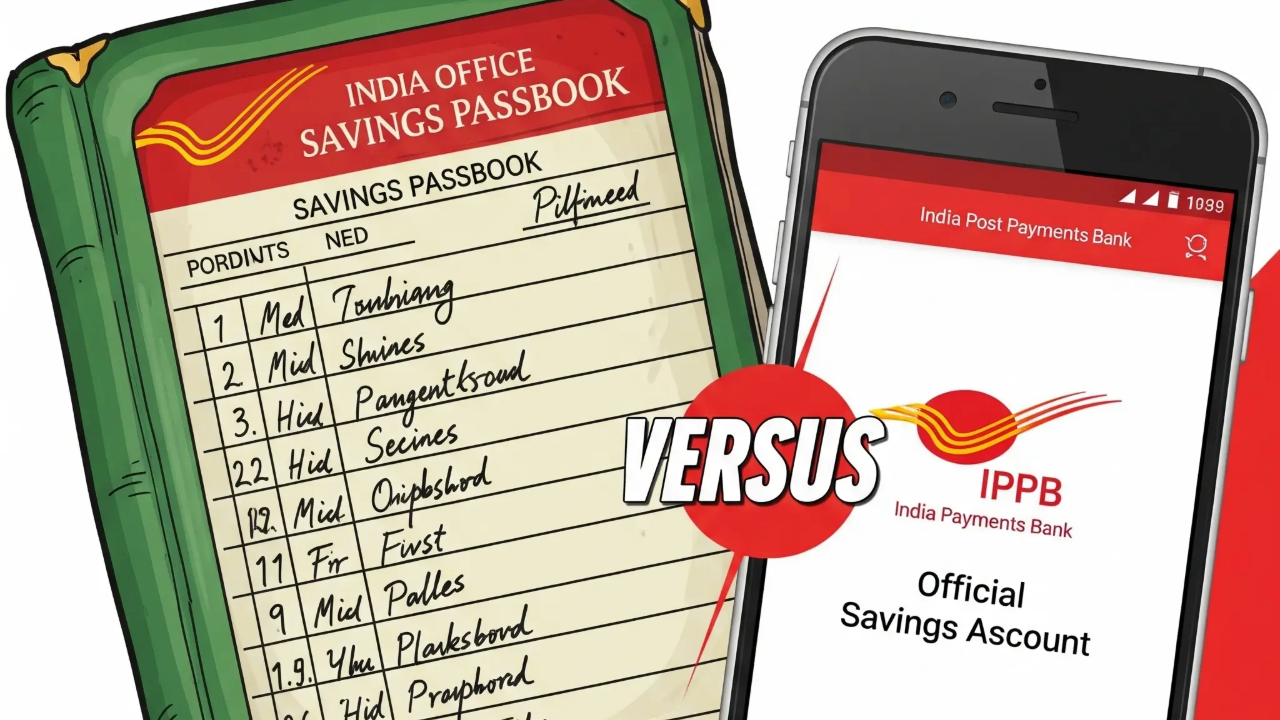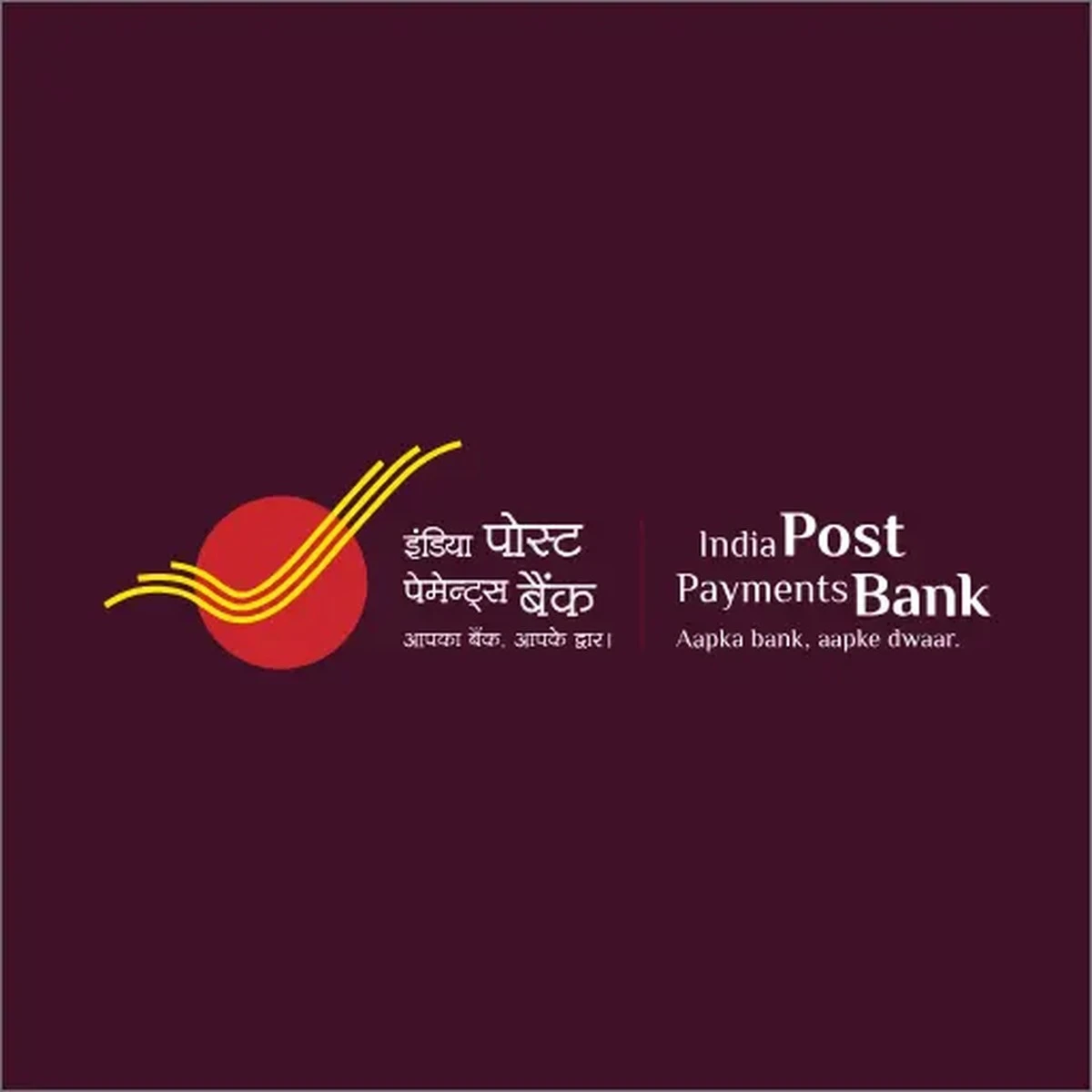Complete Investment Guide
Comprehensive analysis with actionable insights for smart investment decisions
Post Office Monthly Income Scheme (MIS)
 The Post Office Monthly Income Scheme (MIS) is designed for individuals seeking guaranteed, fixed monthly income with the safety of a government-backed investment. Earn 7.4% per annum, payable monthly, while preserving your capital securely.
The Post Office Monthly Income Scheme (MIS) is designed for individuals seeking guaranteed, fixed monthly income with the safety of a government-backed investment. Earn 7.4% per annum, payable monthly, while preserving your capital securely.
Key Highlights
✅ 7.4% annual interest, paid monthly
✅ Investment in multiples of ₹1000
✅ Maximum limit: ₹9 lakh (single), ₹15 lakh (joint)
✅ Safe, government-backed investment
✅ Steady, predictable monthly income
Latest Interest Rate (From 01 Jan 2024)
- 7.4% per annum, payable monthly.
Salient Features
(a) Who Can Open:
- A single adult
- Joint Account (up to 3 adults, Joint A or Joint B)
- Guardian on behalf of a minor or person of unsound mind
- A minor above 10 years in their own name
(b) Deposit:
- Open with a minimum of ₹1000 and in multiples of ₹1000.
- Maximum deposit:
- ₹9 lakh in a single account
- ₹15 lakh in a joint account (equal share for each holder)
- An individual's share across all MIS accounts (including joint accounts) should not exceed ₹9 lakh.
- The investment limit for a minor’s account opened by a guardian is separate.
(c) Interest:
- Interest is payable monthly, starting one month from the date of deposit.
- Unclaimed monthly interest will not earn additional interest.
- In case of excess deposits, the excess will be refunded, and only PO Savings Account interest will apply on that excess from the date of deposit until refund.
- Interest can be credited automatically to a Post Office Savings Account or via ECS.
- Interest is taxable in the hands of the depositor.
(d) Pre-mature Closure:
- Withdrawal is not allowed before 1 year from the date of deposit.
- If closed after 1 year but before 3 years:
- 2% of the principal will be deducted.
- If closed after 3 years but before 5 years:
- 1% of the principal will be deducted.
- Closure requires submission of the prescribed application form along with the passbook at the Post Office.
(e) Maturity:
- The account matures 5 years from the date of opening.
- On maturity, the account can be closed by submitting the required application form with the passbook at the Post Office.
- In the event of the account holder's death before maturity, the nominee/legal heir can claim the funds. Interest will be paid up to the month preceding the refund.
Why Choose Post Office MIS?
✅ Ideal for retirees and conservative investors seeking a regular income stream
✅ Low-risk, government-backed investment ensures capital safety
✅ Simple to open and manage at your nearest Post Office
✅ Provides a reliable supplement to your monthly cash flow
Start your Post Office MIS investment today to secure a stable, fixed monthly income while preserving your capital with government-backed safety. 👉 Check out our MIS Calculator
This guide provides comprehensive information for educational purposes. Always consult with financial advisors before making investment decisions.







